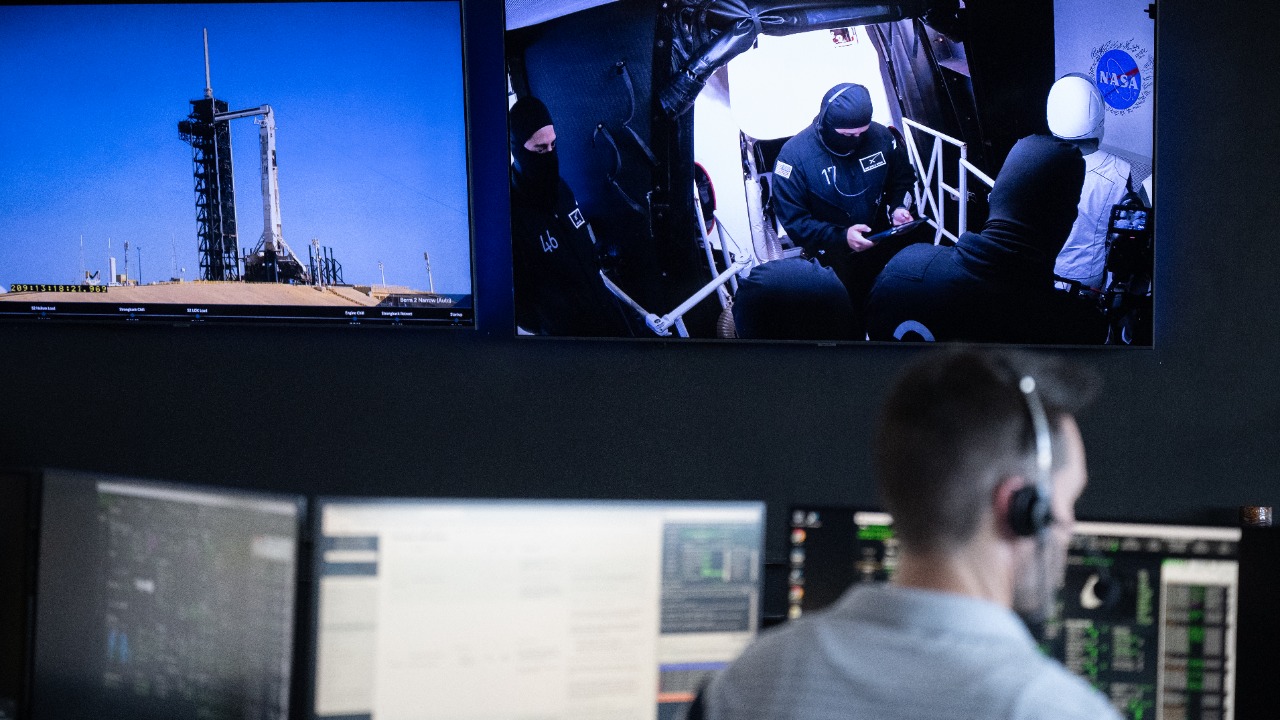
The launch of Crew-11 represents a significant milestone in the evolution of reusable spacecraft technology. As SpaceX continues to push the boundaries of what is possible with their Falcon 9 rocket, the successful deployment marks a pivotal moment in both cost-efficiency and technological advancement. Crew-11’s launch is a turning point for the future of space exploration, offering a glimpse into a more sustainable and economically viable space industry.
The Evolution of Reusable Spacecraft
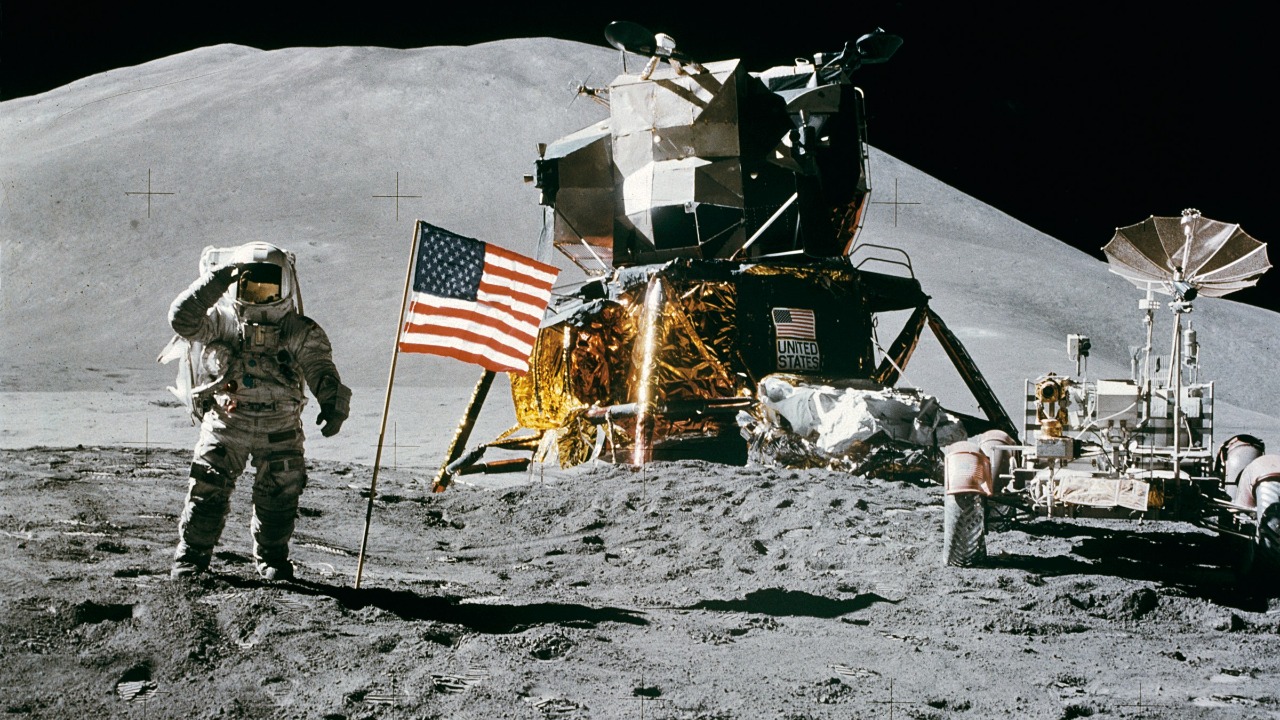
Historically, spacecraft reusability has been a long-sought goal, dating back to the Apollo program. Though Apollo missions like Apollo 13 captivated the world, they were inherently single-use, with the command modules crashing into the ocean post-mission. The introduction of the Space Shuttle program marked a significant shift, as it was designed to be reused multiple times. The Shuttle’s reusability concept was a groundbreaking development, though it faced challenges such as high refurbishment costs and safety concerns.
SpaceX’s journey in reusable technology began with the vision of making space travel more accessible and affordable. The SpaceX reusable launch system development program has been a remarkable saga, characterized by a series of key milestones. SpaceX achieved its first major breakthrough with the Falcon 1, which demonstrated the viability of the company’s approach. The subsequent Falcon 9, initiating its first flight in 2010, has since become a workhorse for SpaceX, revolutionizing the industry by setting records for reuse and reliability.
The Significance of Crew-11’s Launch
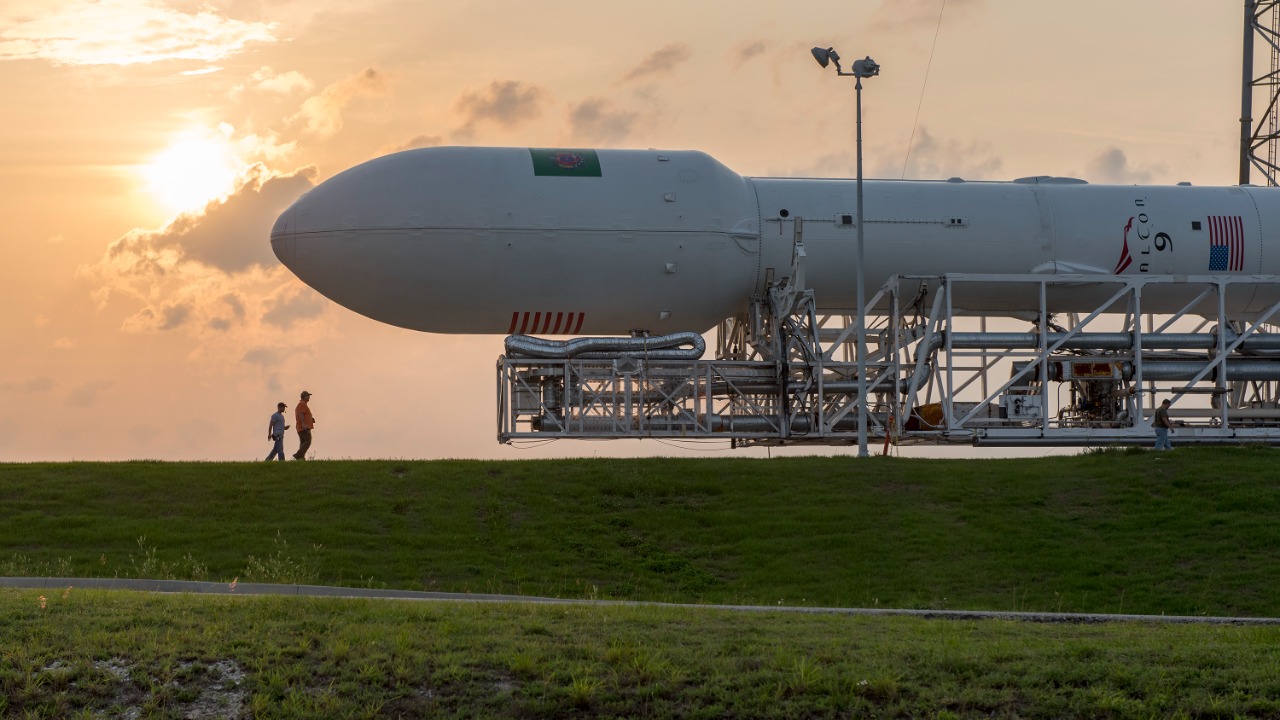
The Crew-11 mission is a testament to technological advancement. This mission saw improvements in rocket landing technology, particularly with the Falcon 9. The rocket’s first stage landed precisely on a drone ship, a maneuver that was once deemed nearly impossible. This success illustrates how far SpaceX has come in perfecting the technology needed for rocket reuse. Moreover, advances in software and telemetry have enhanced the precision of both launch and landing operations, increasing their reliability.
The economic implications of Crew-11’s success are profound. By reusing rockets, SpaceX has significantly reduced the costs associated with space travel. This cost-efficiency is not only beneficial for SpaceX but also for the broader space industry. Lower launch costs open up new opportunities for scientific research, satellite deployment, and commercial ventures. The savings achieved through reusability could potentially lower the barriers to entry for smaller companies and countries aspiring to participate in space exploration.
Challenges and Criticisms
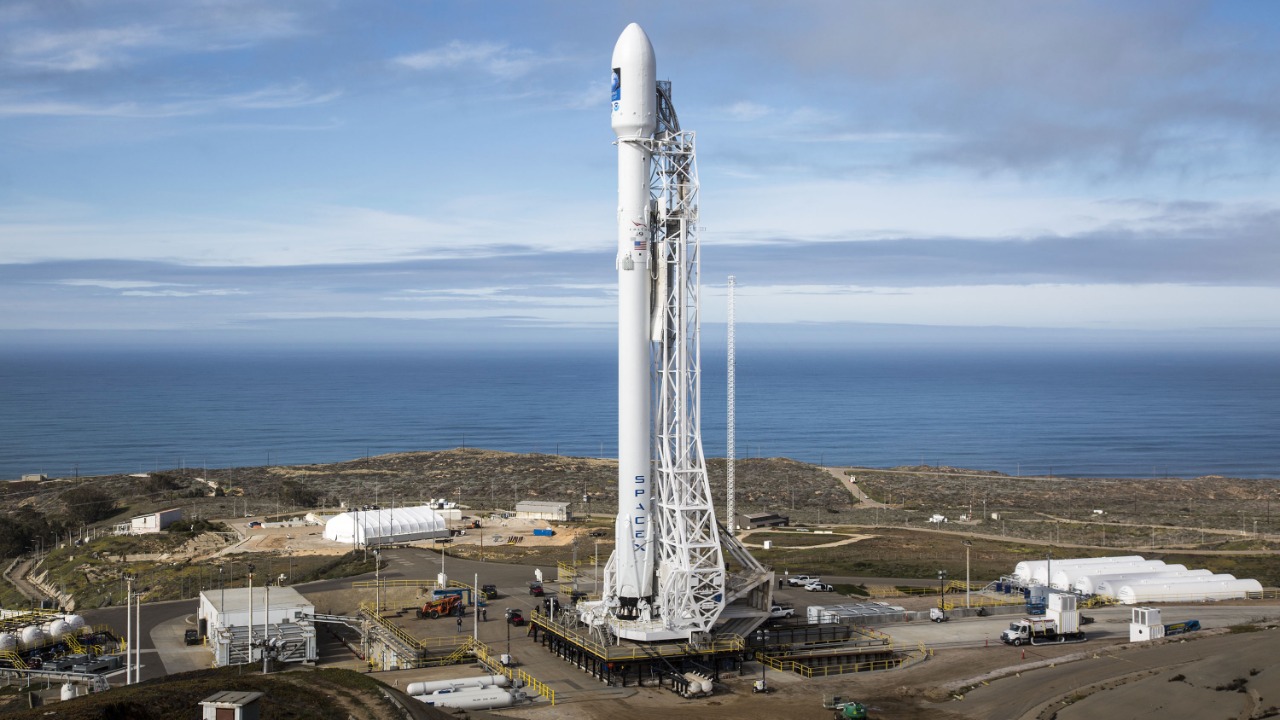
Despite its successes, SpaceX continues to face technical and safety challenges. Achieving consistent reusability requires rigorous testing and robust engineering. Potential risks have been addressed through comprehensive safety measures, ensuring crew safety during missions. SpaceX has developed an array of safety protocols, including redundant systems and thorough pre-launch checks, to mitigate any unforeseen issues.
Environmental concerns also accompany the increased frequency of launches. The production and launch of rockets contribute to carbon emissions, raising questions about the environmental impact. However, SpaceX is actively working to minimize these effects through advances in fuel efficiency and recovery processes. Ethically, the debate continues on whether the benefits of increased space exploration outweigh the environmental costs, a topic that requires ongoing discourse as the industry evolves.
Future Implications for Space Exploration
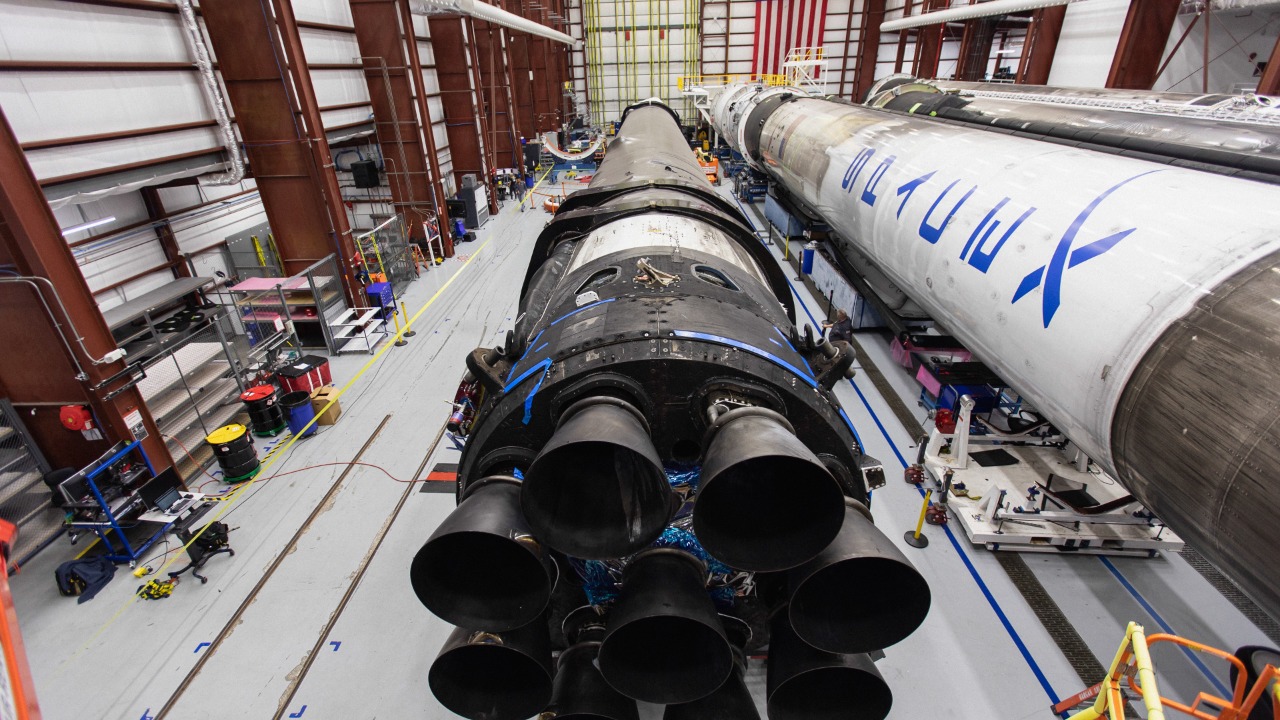
Reusable spacecraft technology is poised to revolutionize space exploration by enabling more frequent and diverse missions. As costs decrease, the possibility of human settlement on other planets becomes more realistic. The advancements achieved by SpaceX offer a promising outlook for the future, where space travel could become a routine endeavor, opening new frontiers for human exploration.
International collaboration will play a crucial role in the future of space exploration. By fostering partnerships between governments and private entities, the potential for shared knowledge and resources increases. Such collaborations could accelerate advancements and distribute the benefits of space exploration more equitably across nations. The success of Crew-11 underscores the importance of cooperation, both in technological development and in the management of space resources.
SpaceX’s Vision for the Future

SpaceX’s long-term goals are ambitious, with the ultimate vision of enabling human life on Mars. Elon Musk’s vision involves innovations like the Starship, a spacecraft designed for interplanetary travel. These plans demonstrate SpaceX’s commitment to pushing the boundaries of what is possible in space exploration, with the potential to inspire new industries and innovations.
The company’s successes have also influenced global space policy. As countries observe SpaceX’s achievements, there is a growing impetus to update and adapt policies to reflect the new capabilities of reusable spacecraft. This shift could encourage healthy competition and foster international cooperation, as nations work together to harness the potential of space for the benefit of humanity.